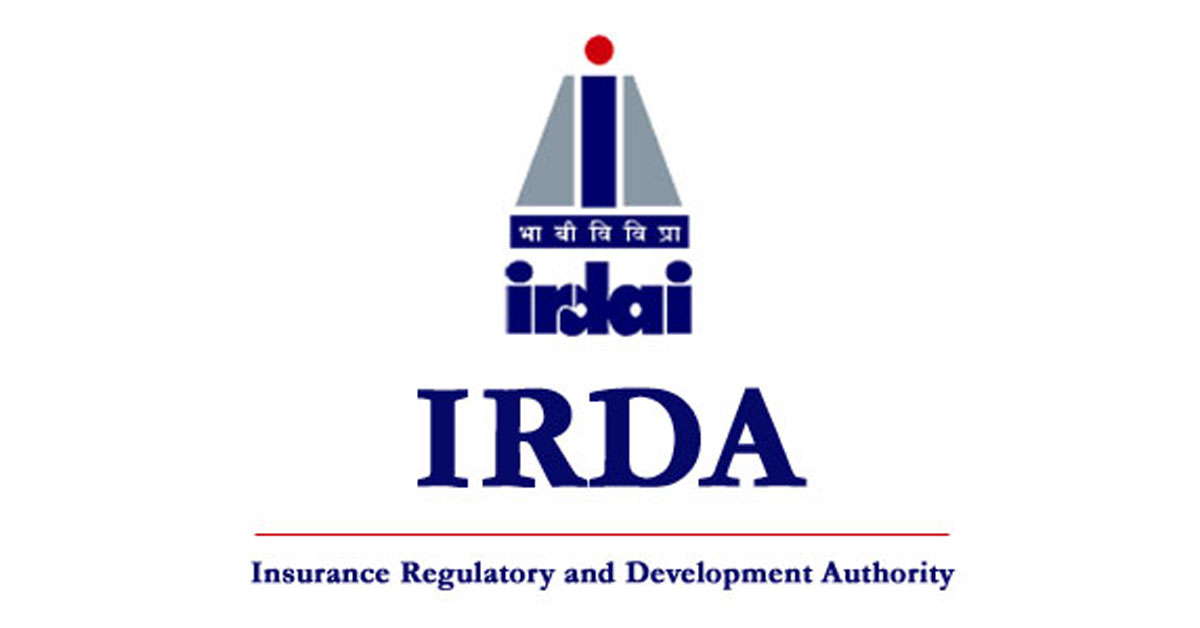Health insurance to Indian citizens is a no-brainer-the prime cornerstones to fiscal security for millions-but debates never actually end on how effective such a safety net really can be. Recent data furnished by IBAI throws light on the 2022-23 claims settlement performances of private and public health insurers.

These figures show enormous gaps in the payout by private insurers against claims filed by policyholders. In the post, we go deep into claim settlement ratios, sector-wise comparisons, and implications for consumers.
Key Findings: Private Insurers Lag Behind
Figures say it all-that 11 out of the total 15 private health insurance companies paid out less than 75% against the claims made by its policyholders during 2022-23. Public Sector insurers, in contrast, proved relatively good performers with regard to recording higher settlement ratios.
The trend reflected by the data is a matter of concern for private insurers who, while settling a larger number of claims, paid out a measurably lower percentage of the claimed amounts.
Performance by Sectors
Public Sector Insurers
Public sector insurers continued to dominate by a high settlement ratio: while New India Assurance settled 95.04% of its claims, the insurer also paid 98.74% of the claimed amounts, reflecting customer-centricity for the insurer. Next came Oriental Insurance and National Insurance at second and third, respectively, retaining relatively stable performance.
Private Sector Insurers
But performance in the case of private insurers, however, was a perfect contrast. While IFFCO Tokio and Bajaj Allianz crossed over 90%, others, such as Tata AIG and Reliance General, failed to do so. Take for instance, Tata AIG, which could settle just 75.56% claims, raising several questions over efficiency and fairness in their process.
Standalone Health Insurers
Standalone health insurers were a mixed bag. While Aditya Birla Health reported a very high settlement ratio, others like Niva Bupa and Care Health had some leeway for improvement-especially on the amount paid against claims.
Claims Settlements: Issues at Large
1). PSU INSURERS
| Insurer | Claims Settled* | Claim Amount** | Total No. Of Claims |
|---|---|---|---|
| New India | 95.04% | 98.74% | 90,56,011 |
| Oriental Insurance | 87.97% | 97.35% | 25,98,779 |
| National Insurance | 84.61% | 87.95% | 24,48,869 |
| United India | 84.28% | 73.03% | 45,24,241 |
2). PRIVATE SECTOR
| Insurer | Claims Settled* | Claim Amount** | Total No. Of Claims |
|---|---|---|---|
| IFFCO Tokio | 91.70% | 80.44% | 6,70,026 |
| Bajaj Allianz | 90.29% | 86.23% | 9,56,559 |
| SBI General | 88.86% | 88.30% | 5,98,707 |
| Go Digit | 87.30% | 79.50% | 84,006 | HDFC ERGO | 86.90% | 71.35% | 9,06,914 | Future Generali | 83.83% | 74.32% | 1,42,952 |
| ICICI Lombard | 82.59% | 63.98% | 9,39,388 |
| Tata AIG | 75.56% | 74.65% | 2,46,126 |
| Chola MS | 69.53% | 68.18% | 1,31,546 | Reliance general | 58.06% | 71.07% | 4,78,120 |
3). STANDALONE HEALTH INSURERS
| Insurer | Claims Settled* | Claim Amount** | Total No. Of Claims |
|---|---|---|---|
| Aditya Birla Health | 94.52% | 71.56% | 8,60,863 |
| Niva Bupa | 88.57% | 67.76% | 4,51,369 |
| Manipal Cigna | 88.48% | 56.14% | 4,13,835 |
| Care Health | 88.06% | 67.55% | 7,98,382 | Star Health | 75.10% | 54.61% | 19,55,549 |
Note:
Claims settled against total claims.*
Claim over total amount claimed by policyholder.**
Low Claim Amount Ratios
The most striking insight is the low claim amount ratio among private insurers. Even though large numbers of claims are settled, the total payout, in most cases, has remained below the expectations of policyholders. This indicates a possible underpayment of claims or stringent claim assessments.
Delays in Claim Processing
Many claims had to be postponed because of detailed scrutiny and documentation. As a result, public sector insurance companies are better at processing claims in time while private ones mostly have complaints of delaying the procedure.
Role of Third-Party Administrators (TPAs)
The involvement of TPAs in claims processing was very crucial. While 56% of the claims were settled through TPAs, insurers relying heavily on them often recorded lower claim satisfaction levels. The balance 42% settled through in-house mechanisms performed comparatively better.
Consumer Implications
Financial Stress
Inability to recover the claimed amount creates financial stress for policyholders. This is all the more critical in cases involving high-value treatments or emergencies, where every rupee counts.
Lack of Transparency
One of the major issues that has been recurrent is the lack of transparency in the claim settlement process on the part of some insurers. Many times, policyholders do not understand why their claims are being partially settled or rejected outright.
Need for Informed Choices
The data underscores the importance of choosing the right insurer. Policyholders must consider not just the premium cost but also the insurer’s claim settlement ratio and customer service reputation.
What Can Policyholders Do?
Research Before Buying
Evaluate insurers based on their claim settlement ratios and customer reviews.
Compare policies on platforms like IRDAI’s website or trusted aggregators.
Understand Policy Terms
Read the fine print to understand coverage, exclusions, and claim procedures.
Let the pre-existing conditions and other clauses be on paper.
Maintain Proper Documentation
Keep all your medical records, bills, and prescriptions ready to present at the time of claim.
Your policy details should be updated with your correct contact information.
Escalation Channels
In case of a dispute, go and escalate issues to the insurance ombudsman or IRDAI*.
Legal options could also be considered if unfair practices can be proved.
The Way Ahead for Insurers
Trust Building: This also involves trust building by insurers in regard to the settlement of claims. The adoption of digital solutions here can ensure smoother procedures and speed up the processing with minimal losses due to errors.
Customer-Friendly Policy: Clear communication regarding the terms of the policy, eligibility of claim, and reasons for rejection will pay significantly in terms of customer satisfaction and retention.
Regulatory Oversight: More regulations on the part of IRDAI can ensure fair play among insurance companies. Regular audits and penalties for underperforming insurers will drive better compliance.
Conclusion
The stark difference in the claim settlement ratios between public and private insurers calls for urgent reforms in the health insurance segment. While public sector insurers continue to set the benchmarks, it is time private players sorted out their shortcomings to meet policyholders' expectations. For consumers, awareness and due diligence are important to informed choices that best protect their financial well-being. Closing the gaps in transparency, efficiency, and fairness will make the insurance industry a true pillar of support for its policyholders.





